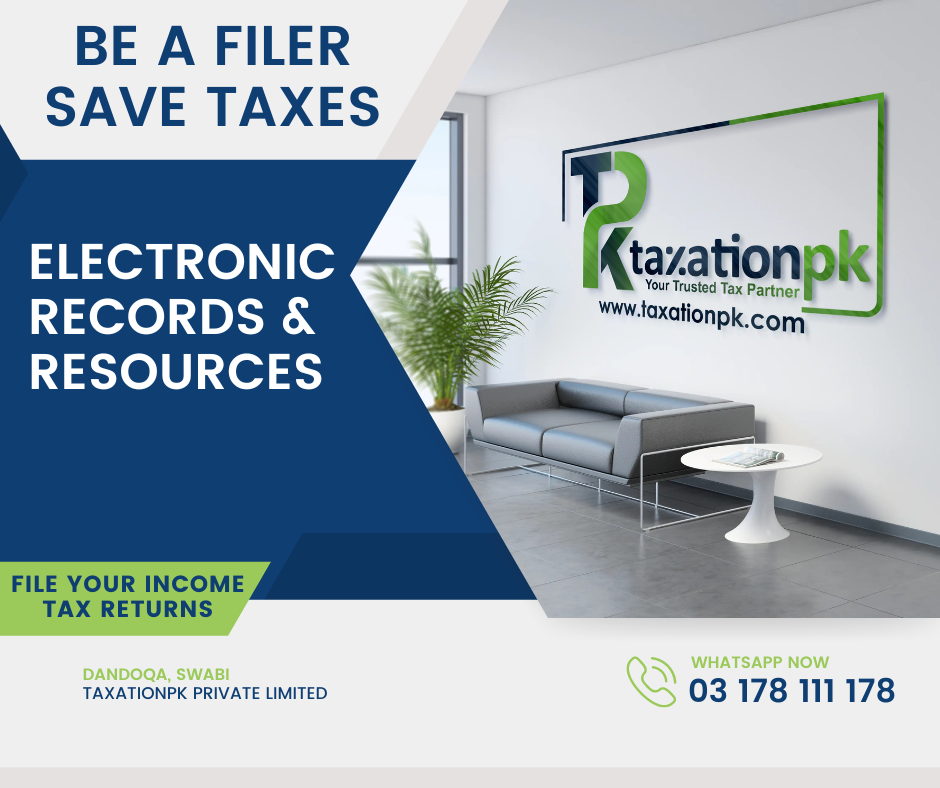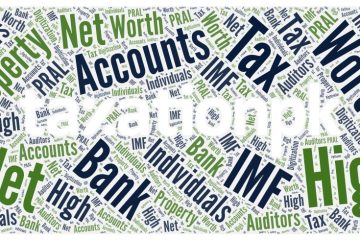Navigating the Digital Realm:
In today’s increasingly paperless world, where information flows seamlessly through electronic channels, understanding the legal definitions of “electronic records” and “electronic resources” is crucial for individuals and businesses operating within Pakistan’s tax landscape. The Income Tax Ordinance 2001 (ITO 2001) provides clear guidance on these terms, ensuring a robust framework for electronic transactions and data management.
Demystifying Electronic Records:
Section 2(19C) defines “electronic record” as:
- Comprehensive Scope: It encompasses a vast array of digital content generated or used for communications, transactions, and procedures under the ITO 2001.
- Specific Examples: This includes attachments, accounts, returns, certificates, forms, receipts, notices, orders, approvals, documents, and any other associated information.
- Diverse Actions: Electronic records can be created, sent, forwarded, replied to, transmitted, distributed, broadcast, stored, copied, downloaded, displayed, viewed, read, or printed.
- Creation and Storage: They can be generated and held on a wide range of electronic resources.
- Inclusiveness: The definition embraces any information in electronic form, ensuring a broad scope.
Key Considerations:
- Legal Validity: Electronic records hold the same legal weight as traditional paper-based documents under the ITO 2001, provided they meet authenticity and integrity requirements.
- Record-Keeping: Businesses and individuals must maintain electronic records in accordance with applicable tax laws and regulations.
- Evidence: Electronic records can be used as evidence in tax proceedings and audits.
Understanding Electronic Resources:
Section 2(19D) defines “electronic resource” as:
- Diverse Technologies: It encompasses a wide spectrum of technologies and systems used for creating, processing, transmitting, storing, and accessing electronic records.
- Specific Examples: This includes telecommunication systems, transmission devices, electronic audio/video equipment, encoding/decoding equipment, computer systems, servers, networks, software, databases, and web portals.
- Board’s Role: The Board, as defined in the ITO 2001, may prescribe additional electronic resources from time to time.
Conclusion:
By understanding the definitions of “electronic record” and “electronic resource,” individuals and businesses can ensure compliance with tax regulations, maintain accurate records, and protect their rights in digital transactions. The ITO 2001’s recognition of the legal validity of electronic records demonstrates a commitment to aligning tax laws with the evolving digital landscape. As technology continues to advance, staying informed about these definitions and their implications is essential for navigating the tax realm effectively.






